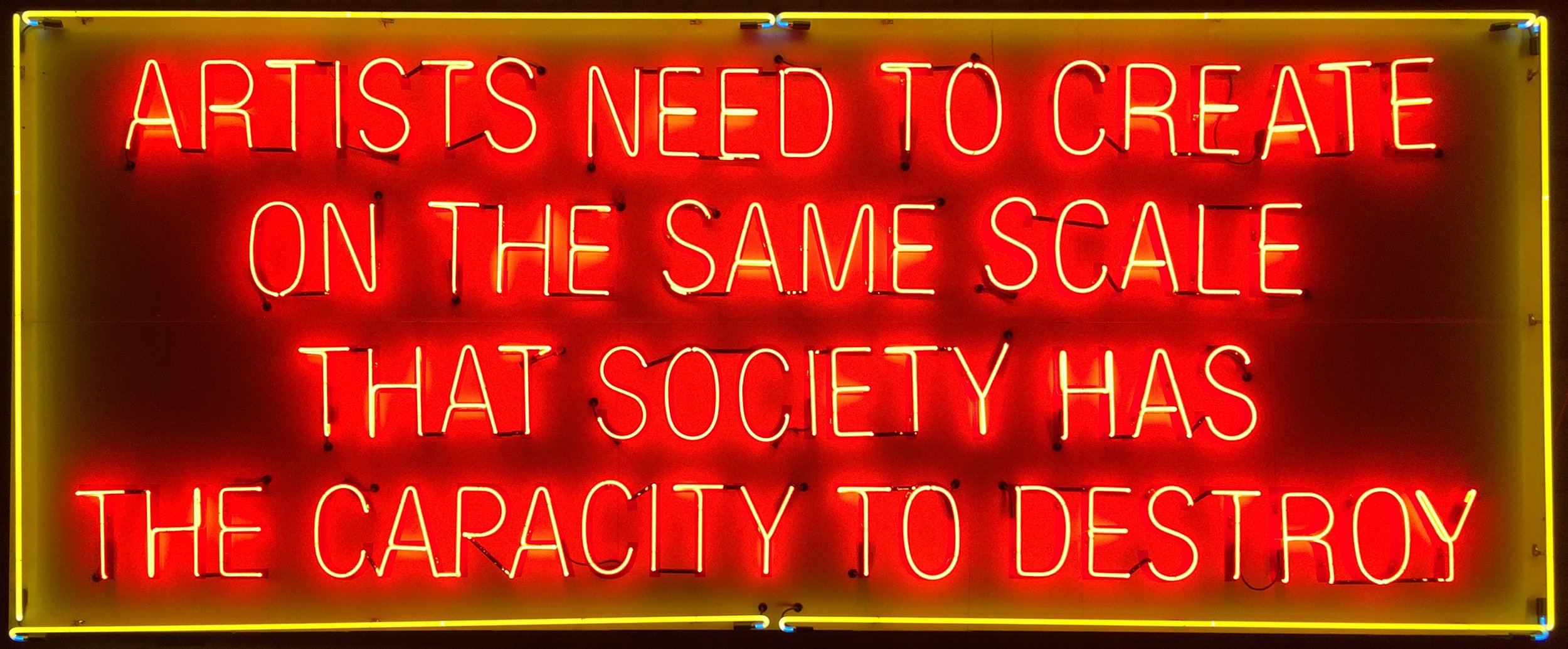Singing in Unison: Artists Need to Create on the Same Scale that Society Has the Capacity to Destroy
Having witnessed two ruptures—the pandemic and the ongoing crisis of our social and political condition, implemented in part by those who deploy technology and social media to create chaos and anxiety for self-serving purposes—we at the Brooklyn Rail responded by swiftly launching our New Social Environment (NSE) daily Zoom lunchtime conversation series. The NSE has now completed over 560 episodes and has reached a viewership of more than two million since the first program aired on March 17, 2020. It cultivates thoughtful discussions on pertinent topics in the arts, humanities, and sciences and values the amplification of “social intimacy”—in contrast to “social distancing”—through culture. The NSE, like the Rail itself, is freely available to all and aspires to help heal our social and political ills through the arts and the humanities.
As an extension of this important communal action, we now feel a great sense of urgency to create a large exhibition that will unfold over a period of several months and will bring together many different kinds of practices, styles, and voices. As we slowly emerge from the COVID-19 pandemic, this timely exhibition is a celebration of hope for the future, in a similar spirit to our critically praised, monumental exhibition Come Together: Surviving Sandy in 2013. The unifying idea behind this wide-ranging and broadly inclusive exhibition is suggested by its title: Singing in Unison: Artists Need to Create on the Same Scale That Society Has the Capacity to Destroy.
This exhibition is inspired by an underlying philosophy that runs through American history and advocates for “the art of joining” as a social and cultural process that can mediate the disequilibrium within American politics and culture. Spread across eleven venues, the exhibition will combine works of art made by artists who were formally trained alongside works by artists who were self-taught, including works by incarcerated artists and artists who struggle with mental illness. Among the participating artists, many urgent themes and topics, such as gender, ethnicity, and the limits of knowledge, will be prominently featured.
As an integral part of the Rail’s curatorial vision, which emphasizes cross-pollination of the arts and humanities, there will also be a good deal of public programing, including panel discussions with artists, historians, and curators; readings of poetry and fiction; film screenings; music and dance performances; along with cooking performances led by Rirkrit Tiravanija and Tomas Vu, which will be organized in each location throughout the duration of the exhibition.
Each iteration of the exhibition is dedicated to one of our recently deceased friends, as a tribute and form of living memory to that friend’s lasting contributions.
Singing in Unison was located at seven art spaces around New York City: Art Cake, The Scully-Tomasko Foundation, Below Grand, Ricco/Maresca Gallery, Totah, Miguel Abreu Gallery, and Industry City

Singing in Unison Part One, Artcake

Singing in Unison Part One, Artcake

Singing in Unison Part One, Artcake

Singing in Unison Part One, Artcake

Singing in Unison Part One, Artcake

Singing in Unison Part One, Artcake

Singing in Unison Part Two, Scully-Tomasko Foundation
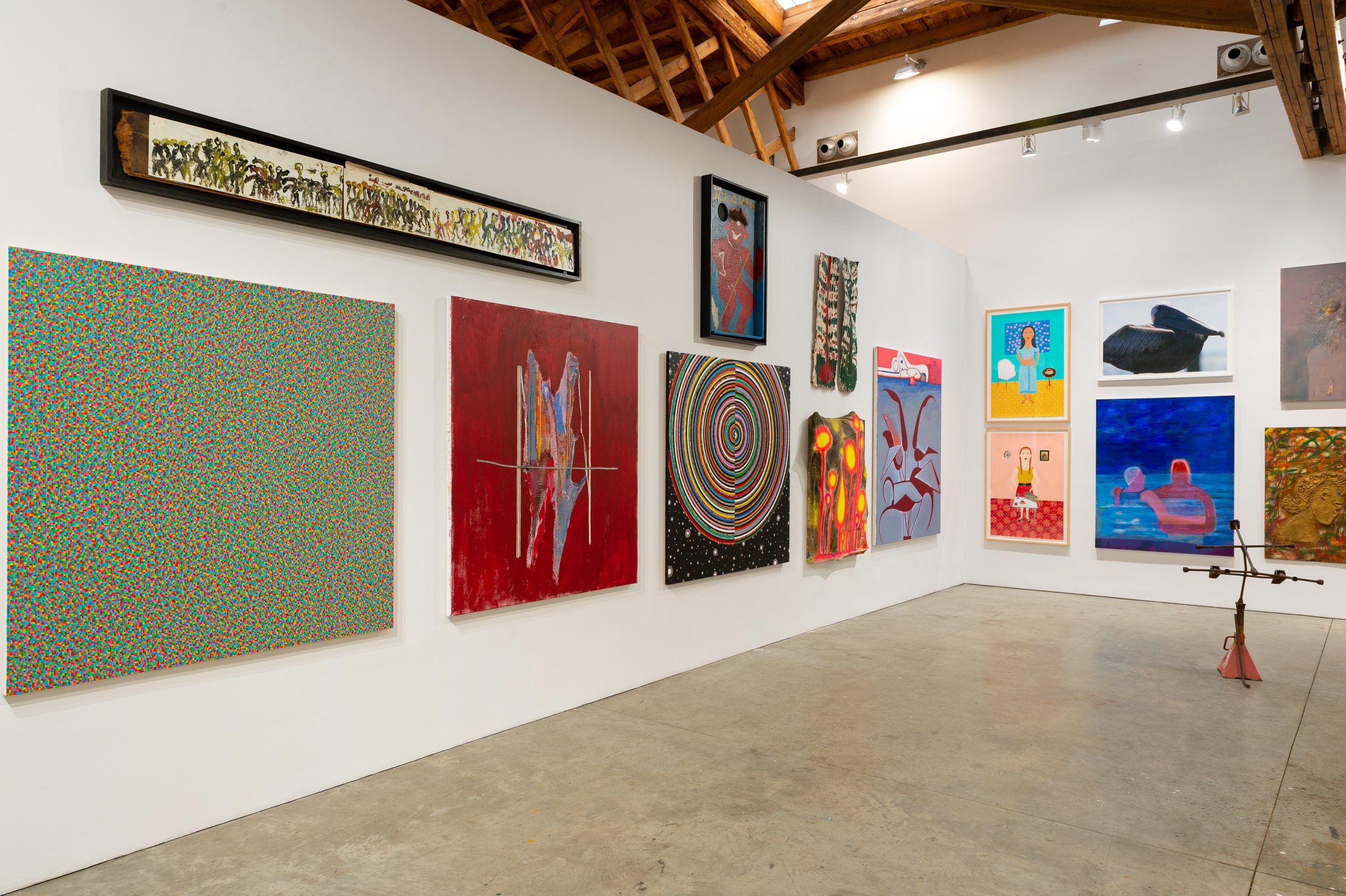
Singing in Unison Part Two, Scully-Tomasko Foundation
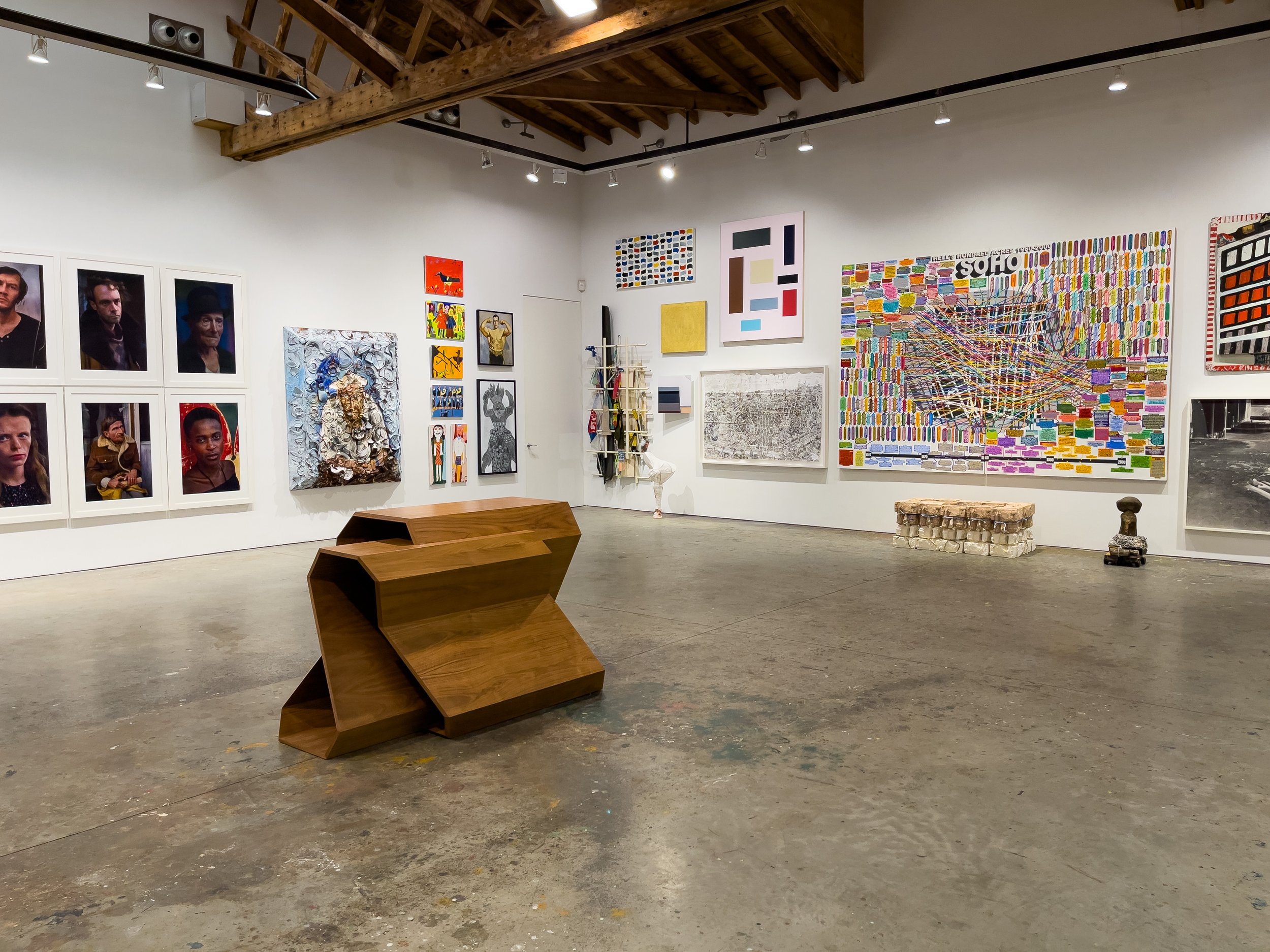
Singing in Unison Part Two, Scully-Tomasko Foundation

Singing in Unison Part Two, Scully-Tomasko Foundation

Singing in Unison Part Two, Scully-Tomasko Foundation

Singing in Unison Part Two, Scully-Tomasko Foundation

Singing in Unison Part Three, Below Grand





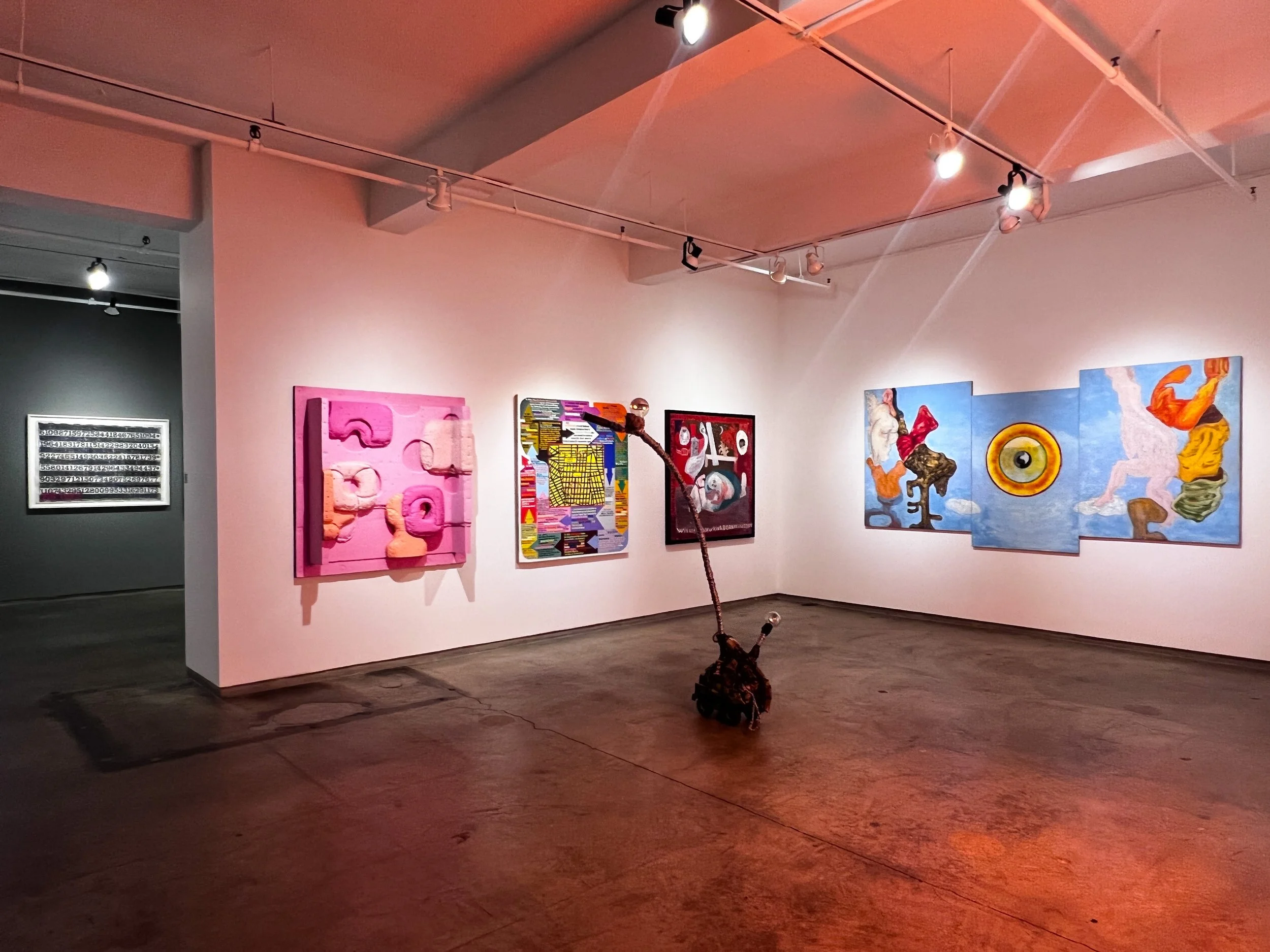
Singing in Unison Part Four, Ricco/Maresca Gallery
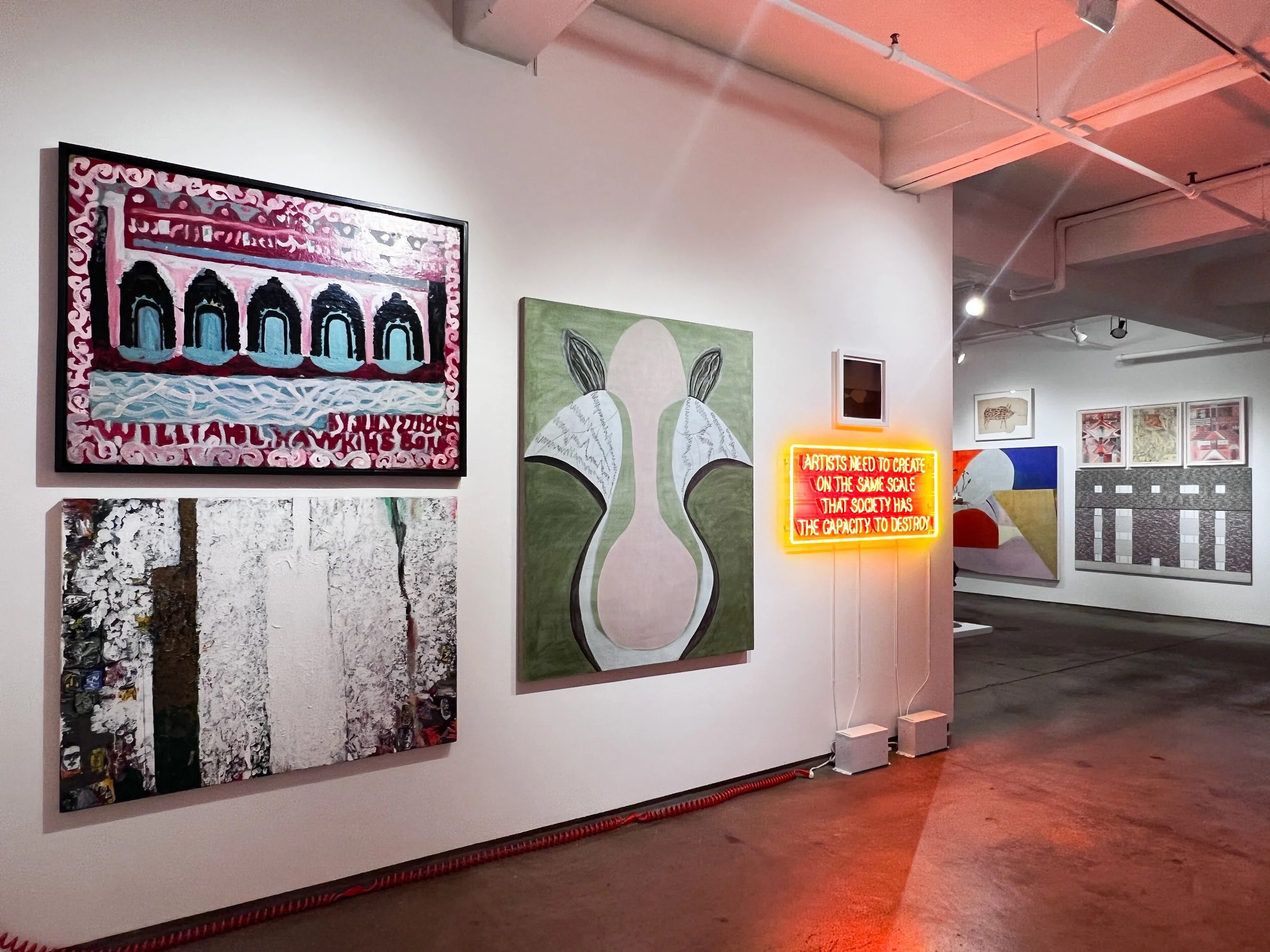
Singing in Unison Part Four, Ricco/Maresca Gallery

Singing in Unison Part Four, Ricco/Maresca Gallery

Singing in Unison Part Four, Ricco/Maresca Gallery
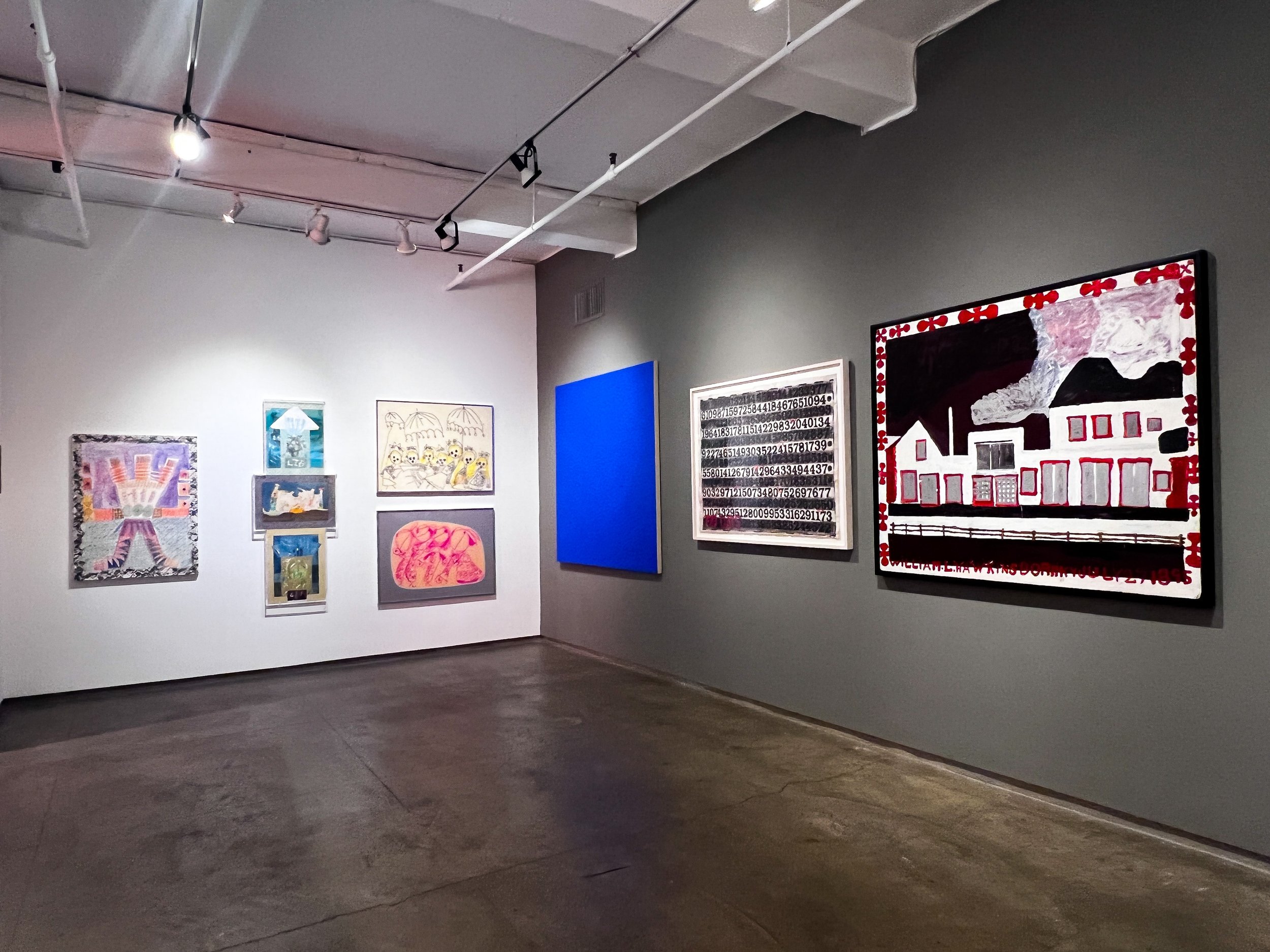
Singing in Unison Part Four, Ricco/Maresca Gallery
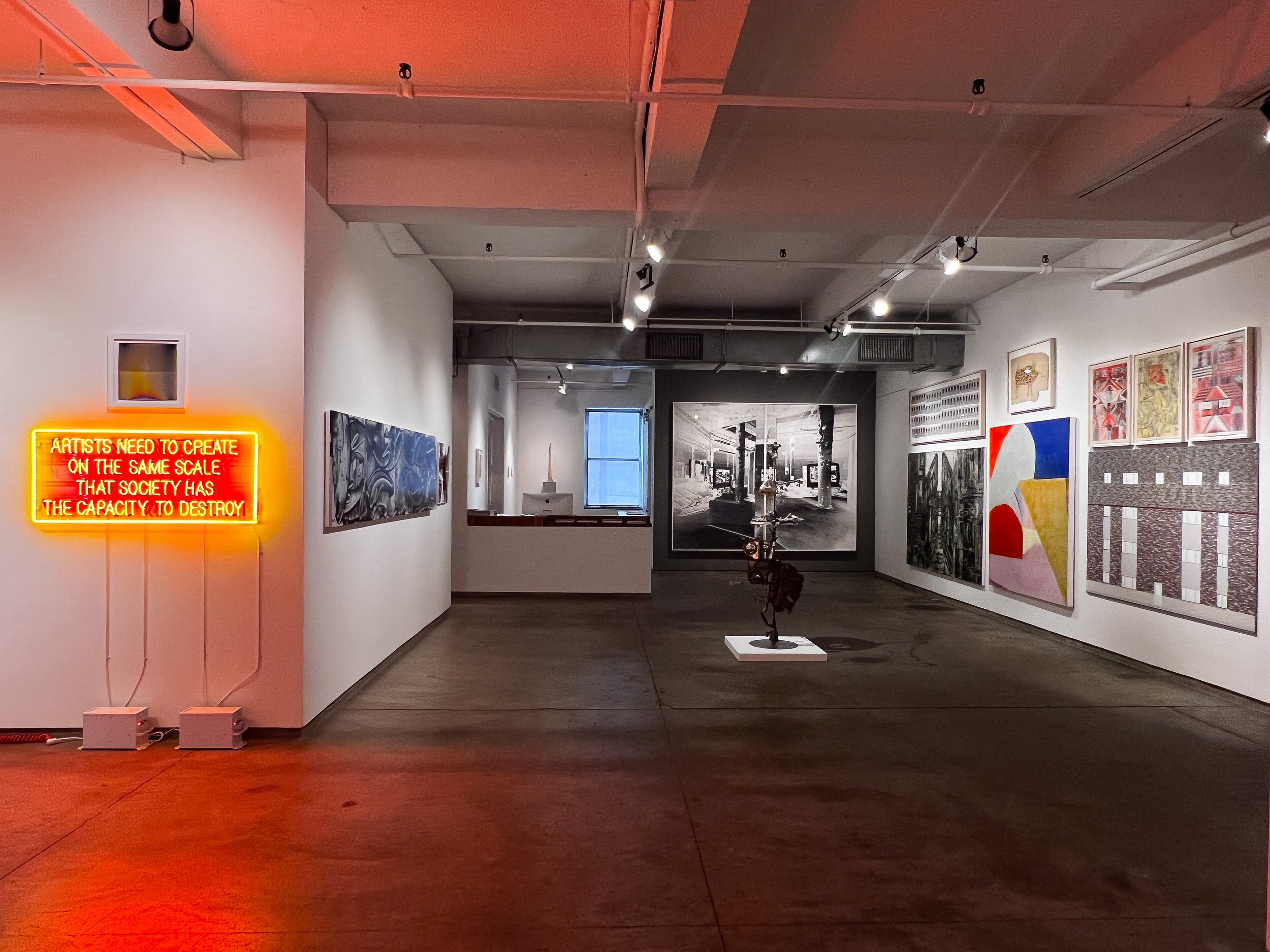
Singing in Unison Part Four, Ricco/Maresca Gallery
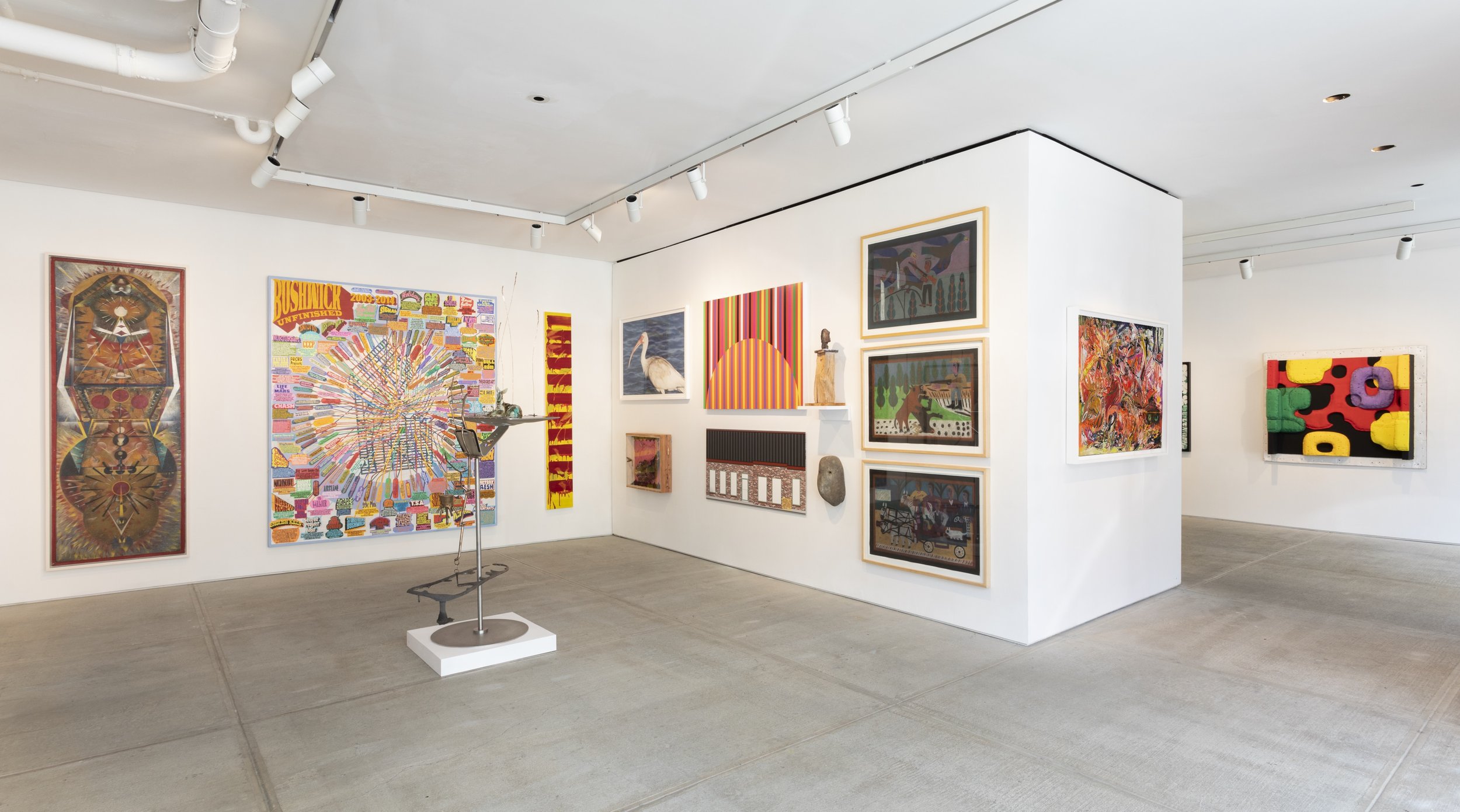
Singing in Unison Part Five, TOTAH
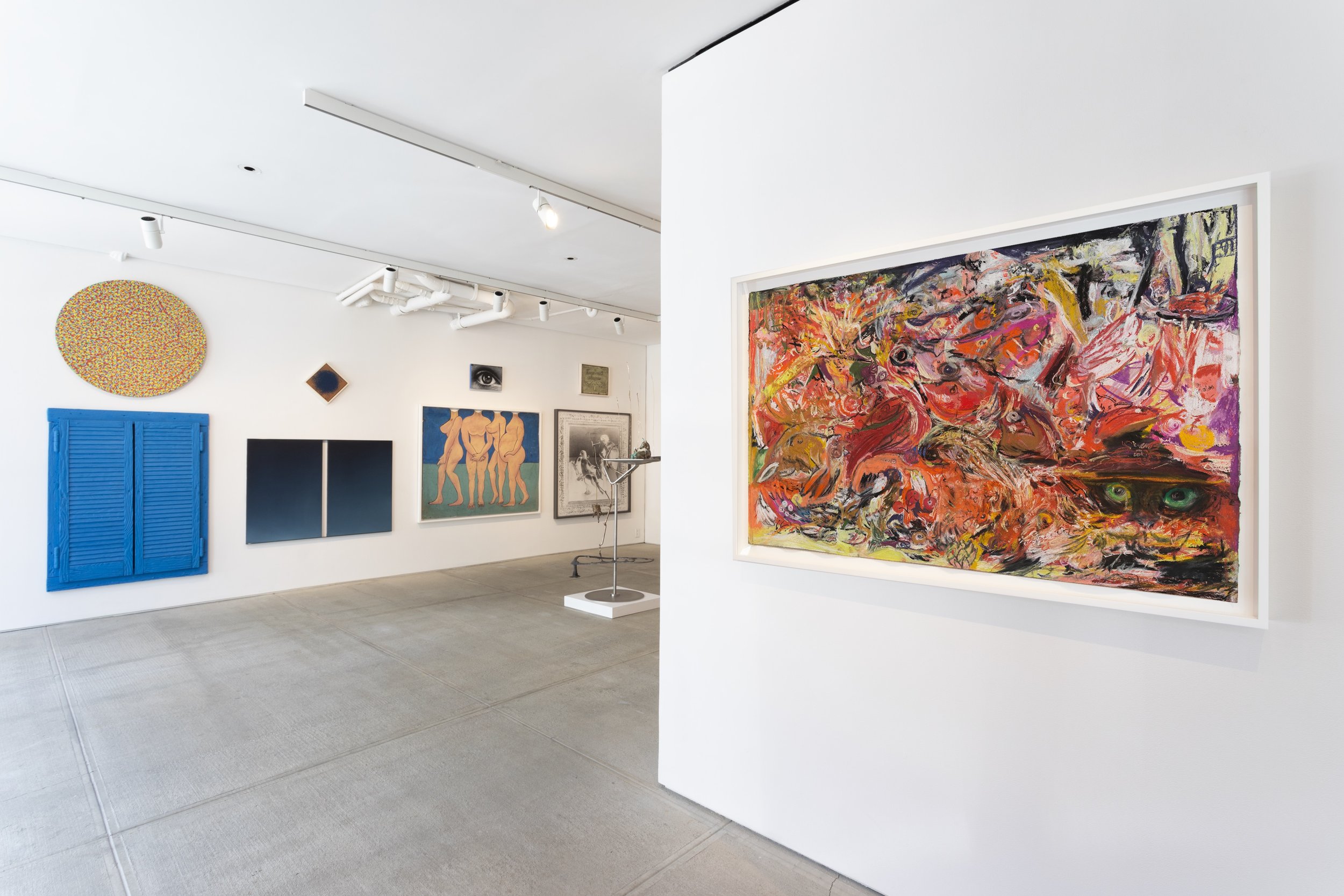
Singing in Unison Part Five, TOTAH
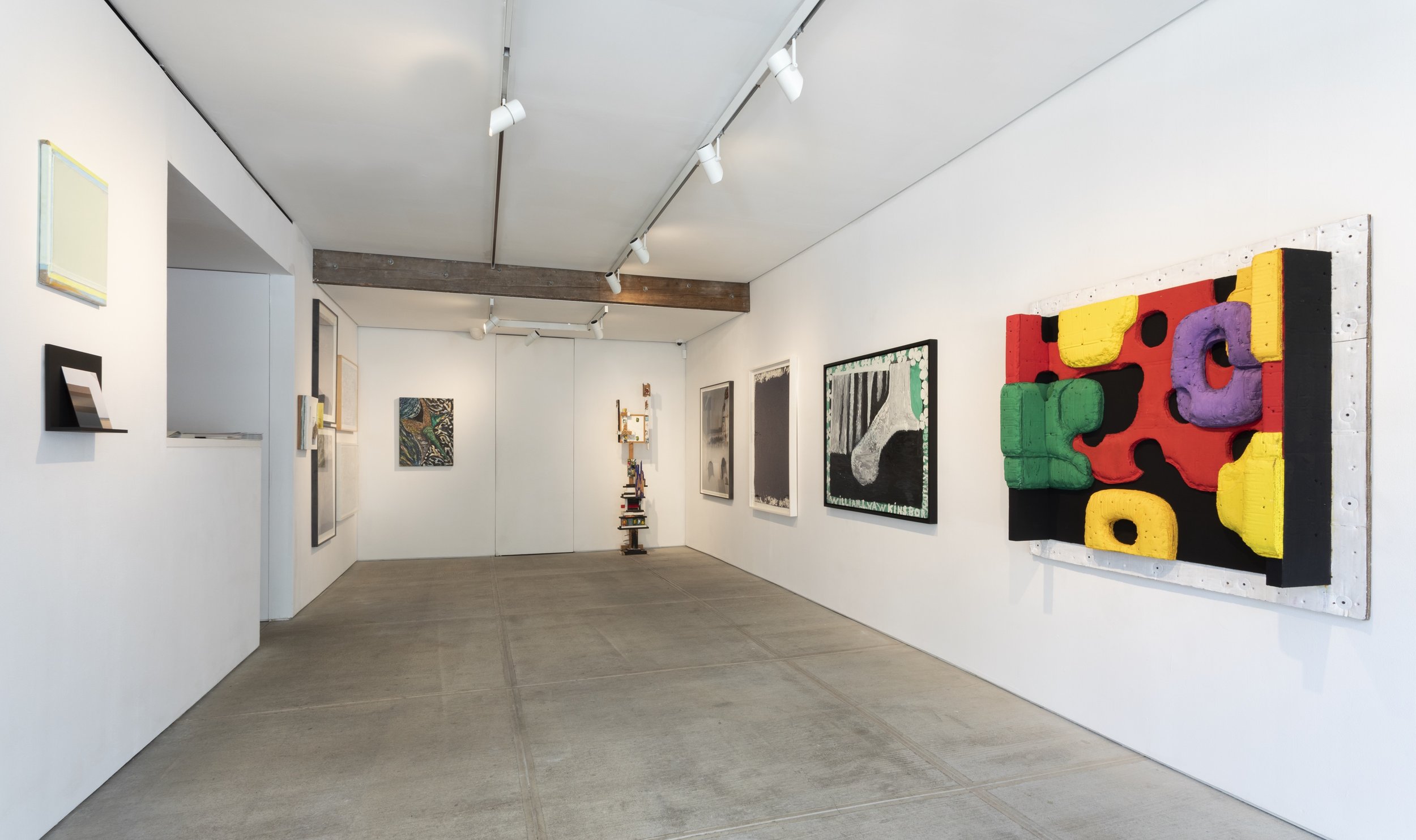
Singing in Unison Part Five, TOTAH
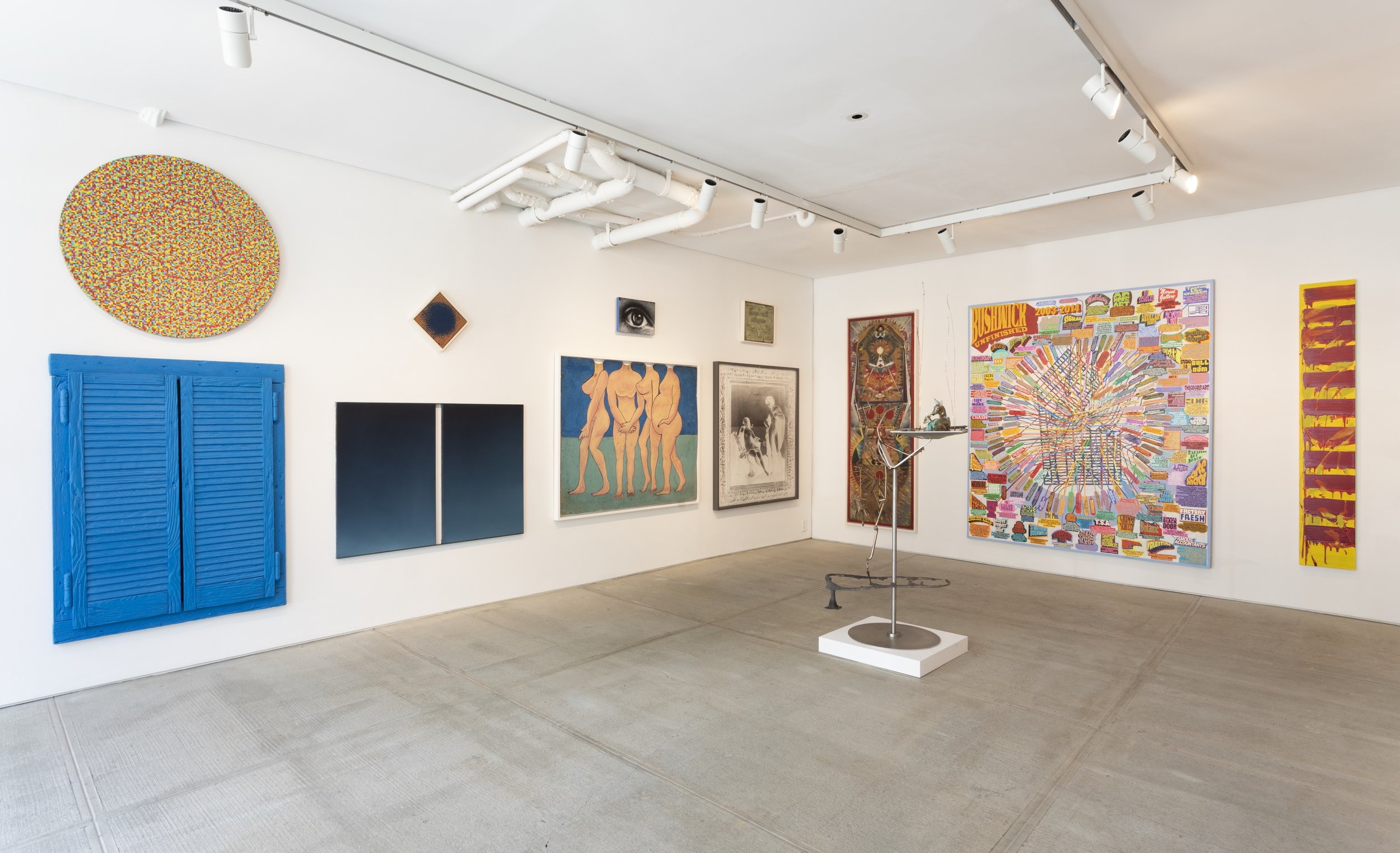
Singing in Unison Part Five, TOTAH
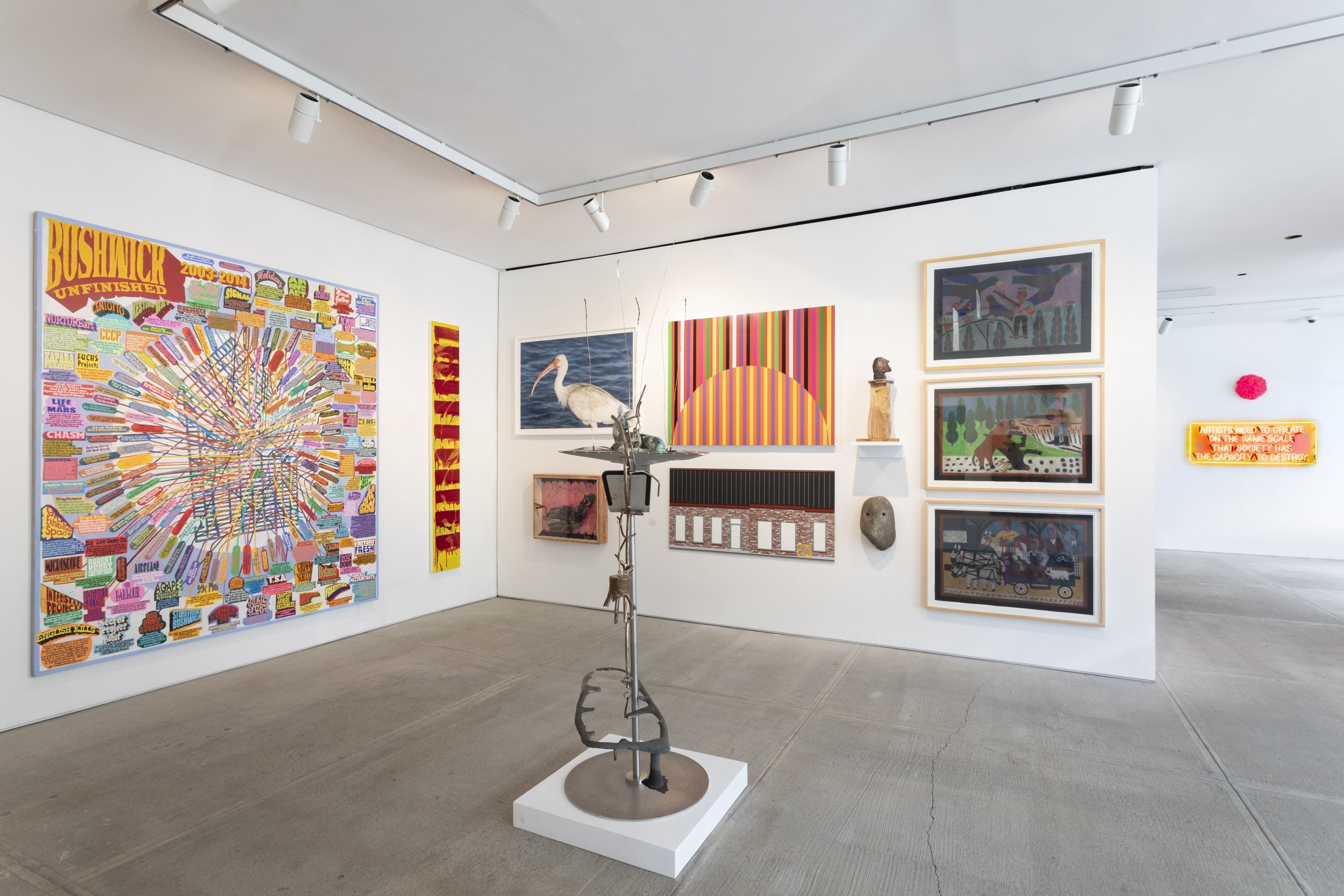
Singing in Unison Part Five, TOTAH

Singing in Unison Part Five, TOTAH
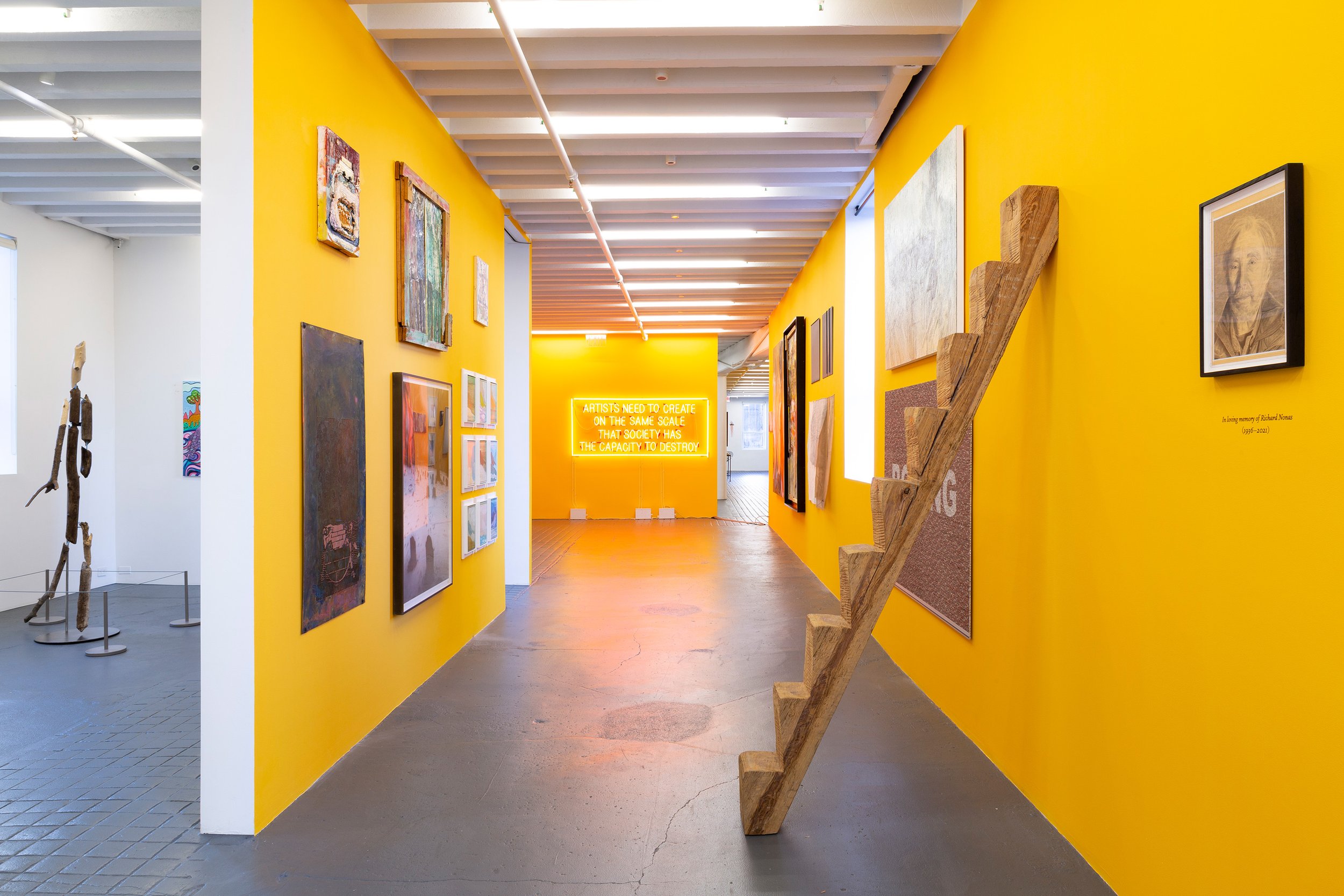
Singing in Unison Part Six, Miguel Abreu Gallery
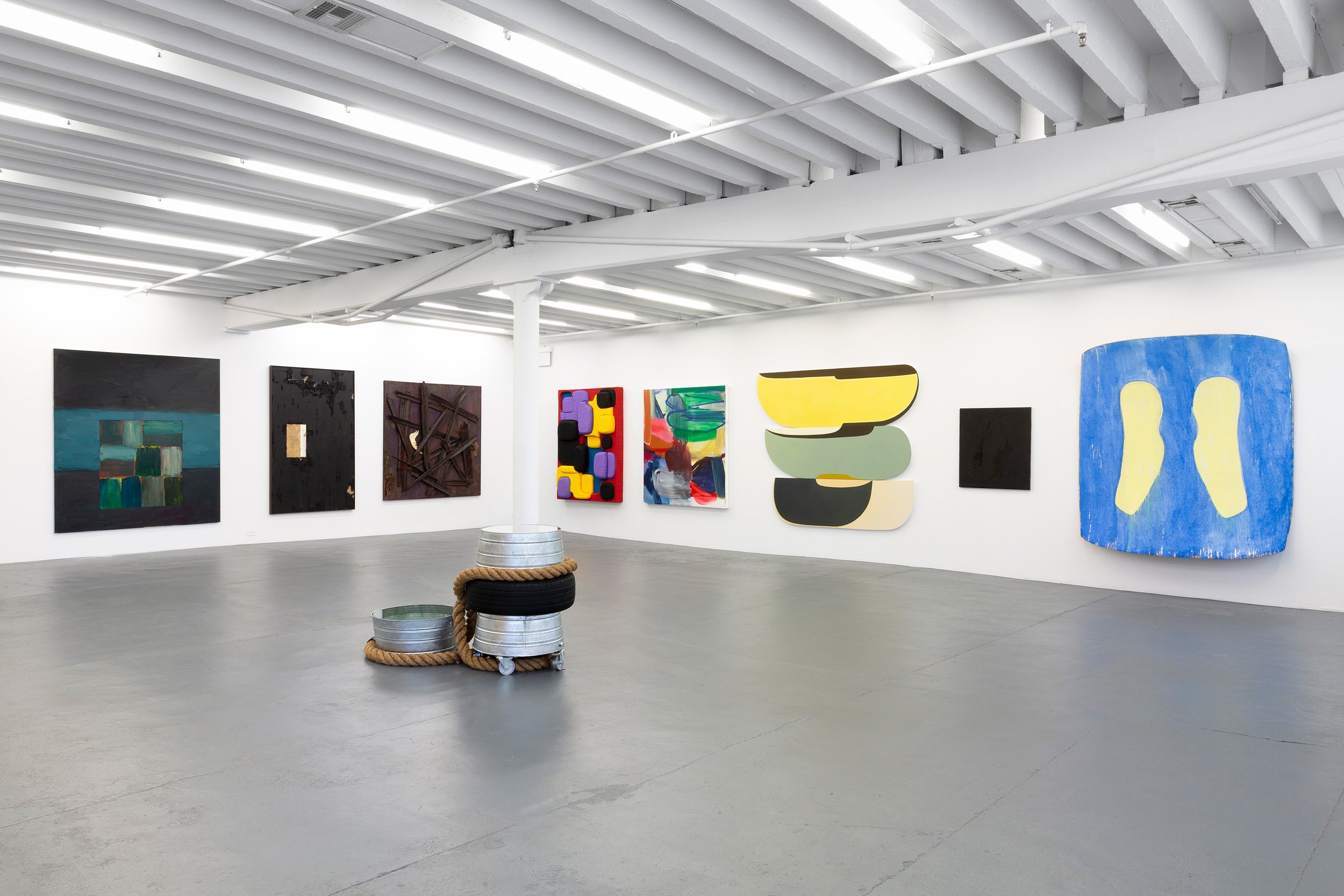
Singing in Unison Part Six, Miguel Abreu Gallery

Singing in Unison Part Six, Miguel Abreu Gallery
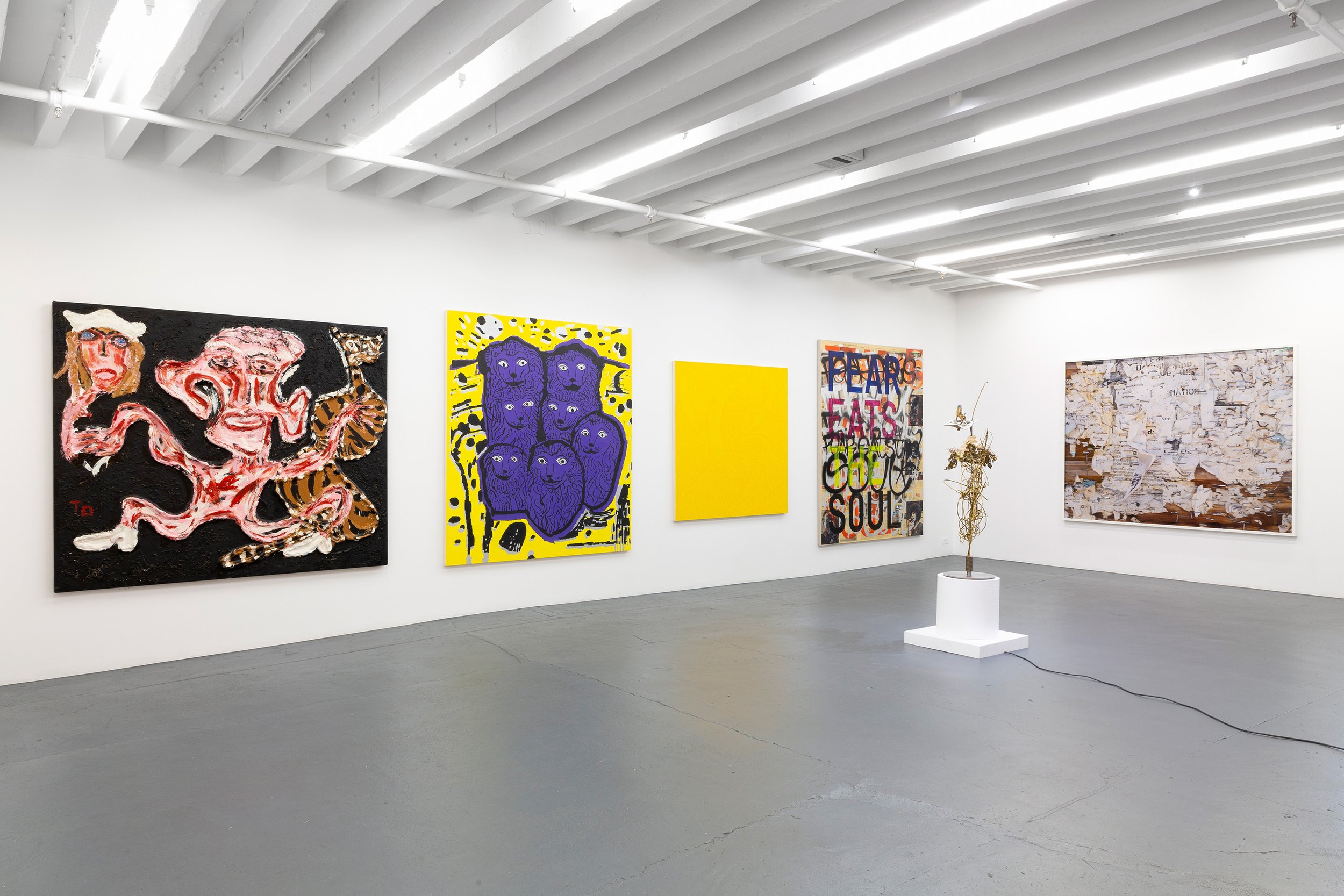
Singing in Unison Part Six, Miguel Abreu Gallery

Singing in Unison Part Six, Miguel Abreu Gallery

Singing in Unison Part Six, Miguel Abreu Gallery
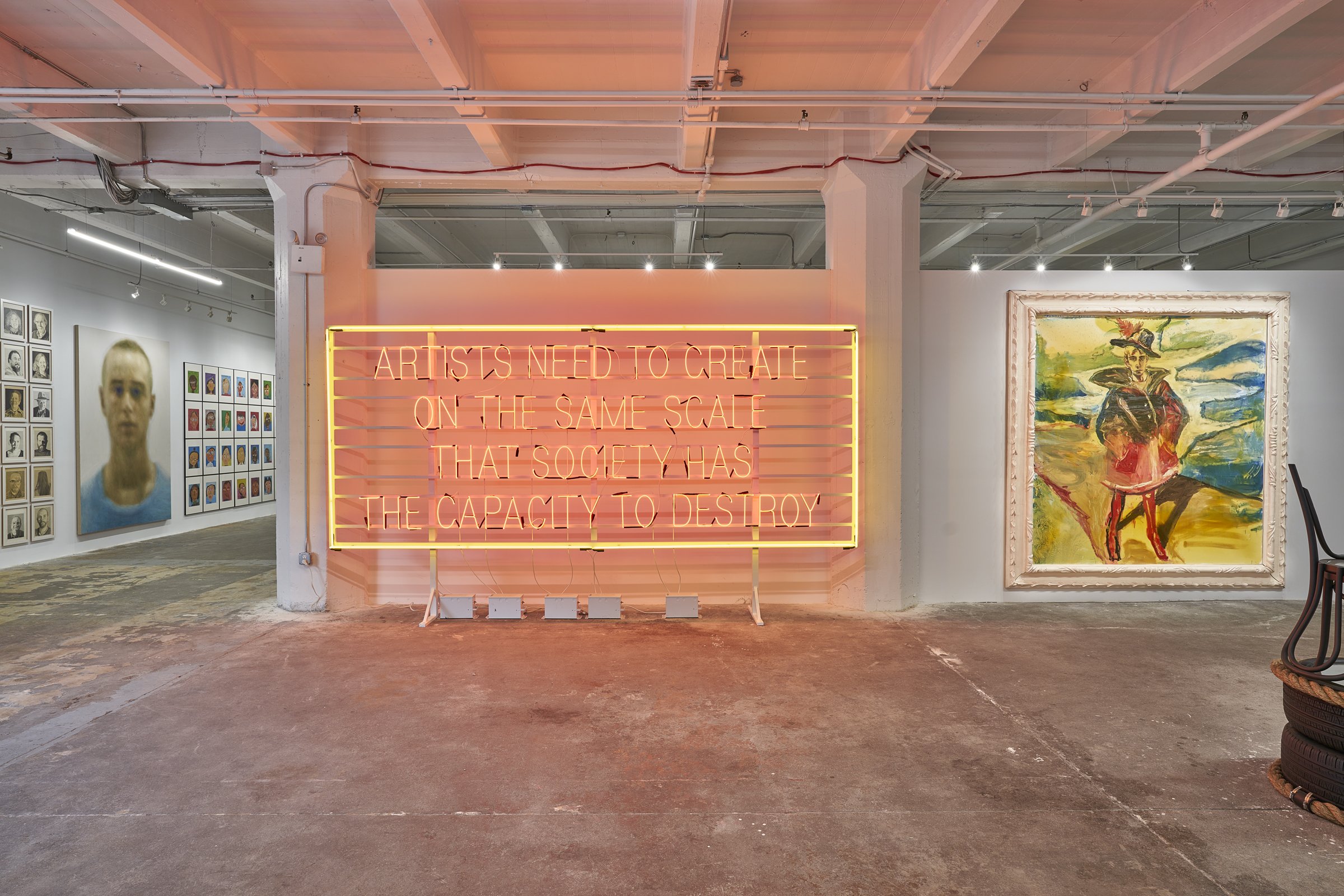
Singing in Unison Part Seven, Industry City

Singing in Unison Part Seven, Industry City

Singing in Unison Part Seven, Industry City
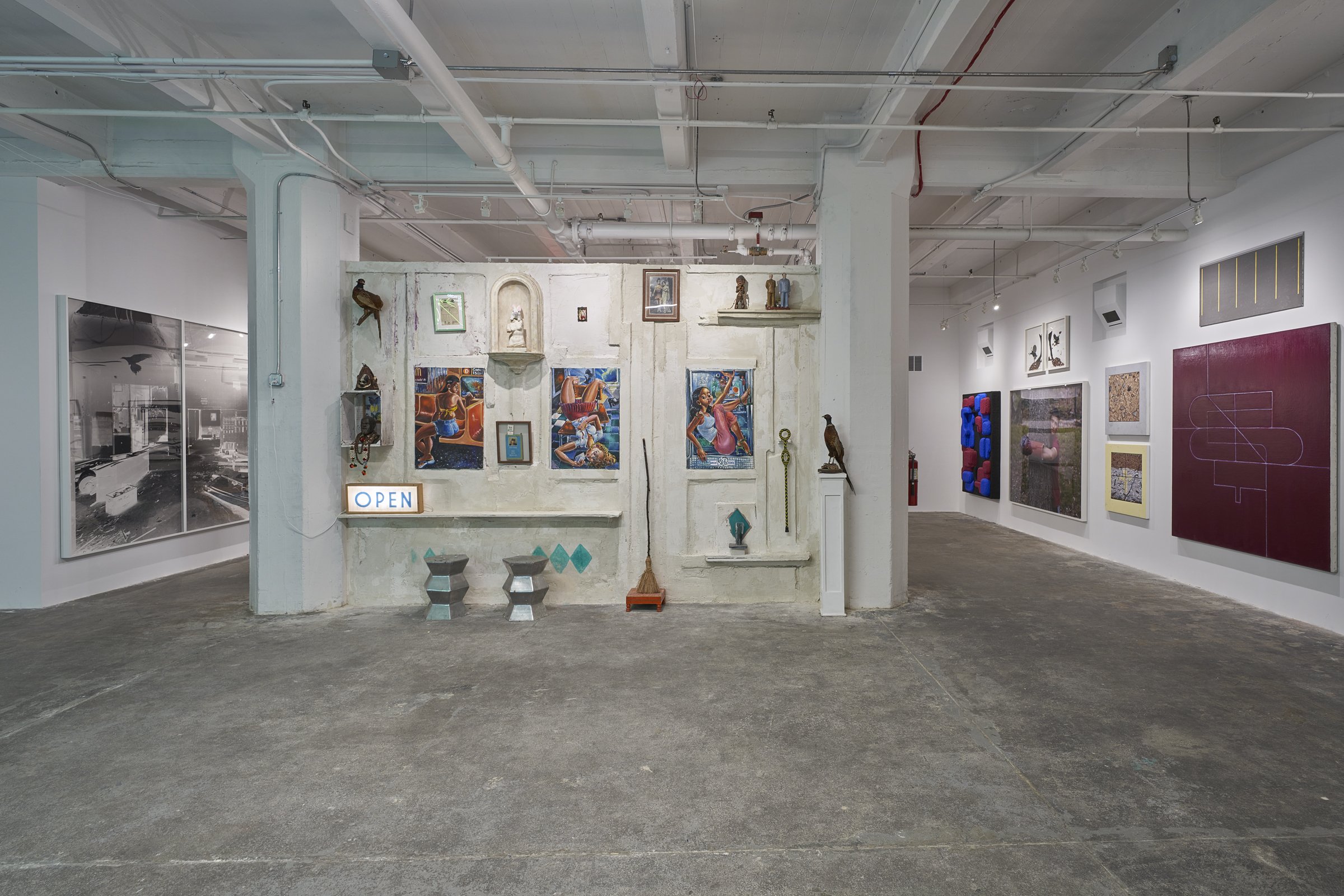
Singing in Unison Part Seven, Industry City

Singing in Unison Part Seven, Industry City

Singing in Unison Part Seven, Industry City
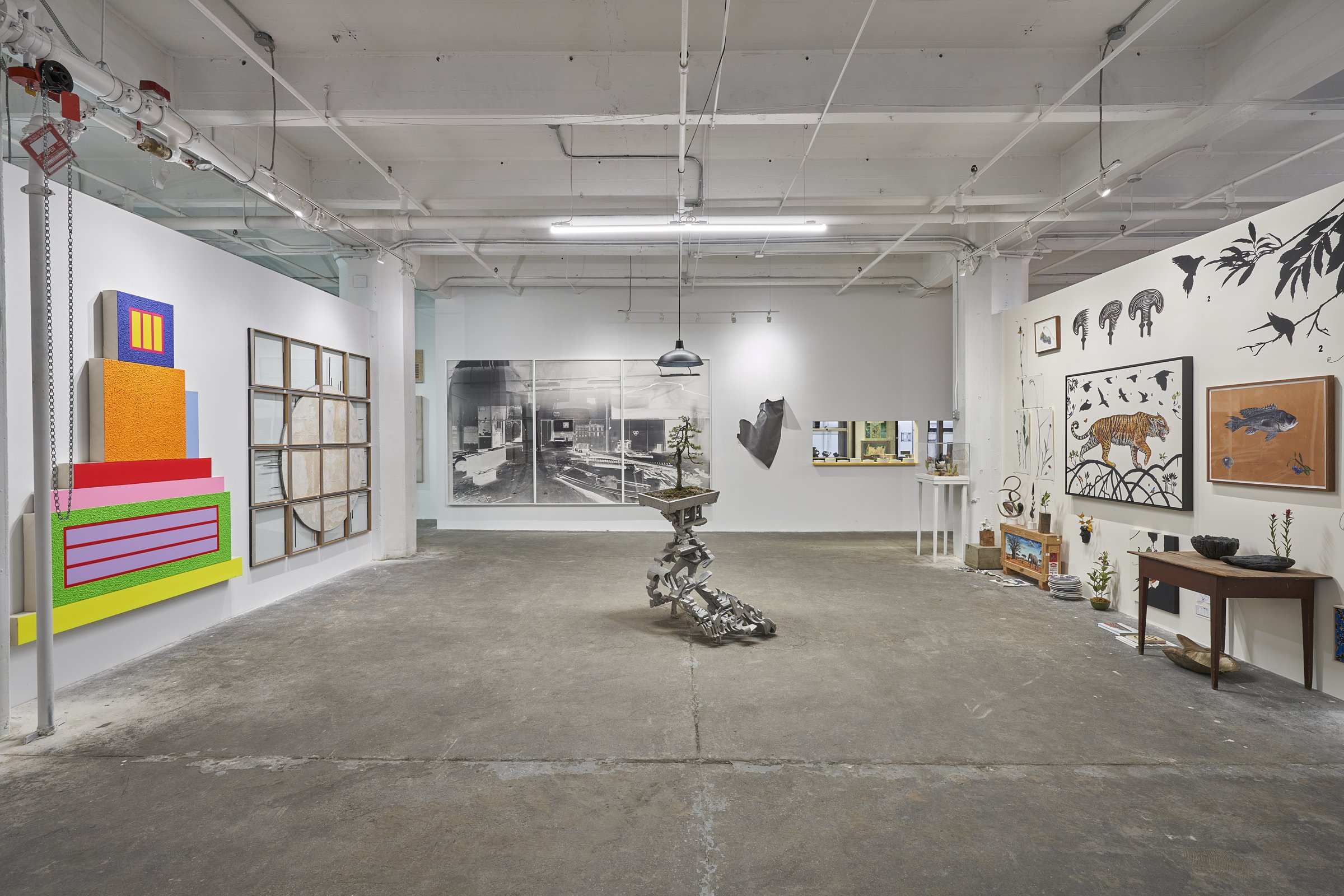
Singing in Unison Part Seven, Industry City
